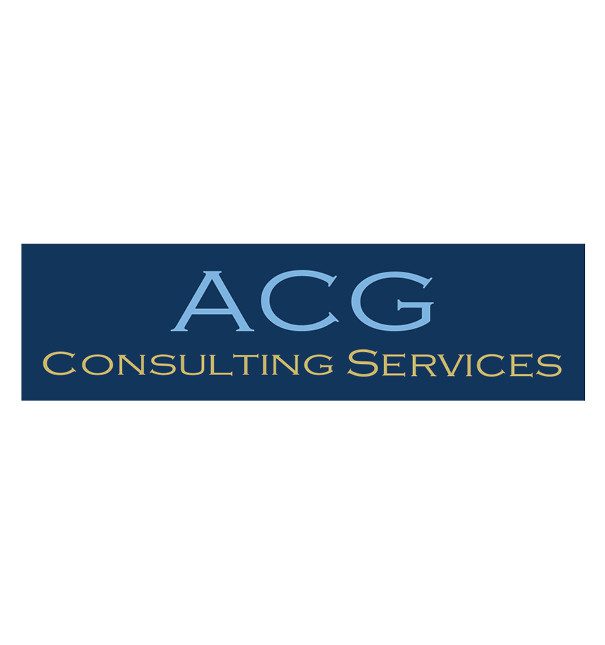In today’s environment, all employers find it difficult to find and retain talent. It’s challenging for the furnishing industry, with brick-and-mortar locations requiring on-site employees to serve their customers. Losing talent in this market is even more devastating and may indicate underlying issues eroding the company’s ability to attract and retain employees. That’s when an exit interview becomes invaluable to your business.
Capturing employee feedback during an exit interview is one of the best ways to identify trouble spots in an organization. When collecting this data, ensure that you create opportunities to gather balanced information about what they liked and did not like.
Of course, you’ll want to take as many opportunities as possible to collect information before employees look to exit. Some of the best ways are through Employee Opinion Surveys, Roundtables, and Feedback Sessions, where employees are encouraged to speak candidly. However, many employees don’t trust the process, and some may fear retaliation, especially if they are identified. One of the most authentic ways to solicit feedback on how employees truly feel about the organization is upon an employee’s separation from the company. Exit interviews are an opportunity for employees to speak freely without the worry of losing their job.
For employers, it’s imperative to use this information and address any themes or trends. There will always be outliers with unique issues that do not apply to most employees. However, if there is an increase in departures based on benefits, pay, and working conditions, those issues need to be examined. Exit interviews are also an opportunity to identify opportunities to create leadership training or organizational development curriculum if employees are leaving because of their working relationship with their managers.
An organization should be clear about the purpose of the exit interview. The goal should be simple: to improve retention. This can only be done by assuring the exiting employee that their information won’t be used against them for employment references or assessing their rehire ability. You also may want to find out if there is an opportunity to intervene with their departure plans to retain the employee. Also, find out what makes a competitor more attractive so that you can make the proper adjustments. The survey should assess and collect balanced information on how employees feel about your organization and identify ways the organization can improve to retain the workforce and engage employees.
Employees are far more comfortable sharing unfiltered information upon leaving the organization; however, this is something the organization should want to remedy. How would one fix this? Easy. Be transparent with your staff, and create a culture where difficult conversations occur on various levels. Welcoming this behavior will allow employees to share this information far before they consider leaving the organization, enabling the organization to reduce attrition.
Before initiating this process, consider these things: Is an exit interview process something your company can sustain? Do you understand why people are leaving? Do you know what you’d need to do to retain more of your employees? Are you willing to act on information that you discover? Unless you are ready to make adjustments based on the data collected, there is no reason to conduct exit interviews. Once you’ve decided to engage in the process, here’s how to get started:
Step 1:
Decide on the questions to ask. However, remain intentional about identifying what matters to your organization before you choose. Be sure to include questions about the culture, pay, benefits, working conditions, promotional opportunities, training, policies, and their relationship with their team and management. Only include questions where you would be willing to make adjustments if the information collected supported the need to change. Also, recognize that you can’t make all employees happy, but that shouldn’t stop you from looking for themes.
Step 2:
Who should conduct the exit interview? It’s always best to have a Human Resources professional or someone from outside the department conduct the interview. You also may want to consider outsourcing this. Various types can be used, from paper or online surveys through Survey Monkey or Google Survey. You can consider providing a small incentive or token of appreciation for participation, like a $5 Starbucks gift card, if you are not getting the participation you want.
Step 3:
Decide how the exit interview results will be reported to management. The aggregate data should be collected and reported to the leadership team. One survey, in itself, can generally be dismissed. However, if there is resounding information to suggest there is a problem area, that problem should be addressed. However, the information gathered from all exit reviews should be used to improve the organization and reduce or prevent attrition and retain good talent.
Finally, remember that employees who leave the organization are often still connected with those who stay. Therefore, if the employee that parted ways suggests something during the exit interview process, and it’s not addressed and ignored, that may encourage other employees to begin job hunting.
It’s also an excellent opportunity to ask employees what it would take to keep them. You might be surprised to know that they would accept a counteroffer. Often, the offer can be lower than the one that caused them to leave, especially if they enjoy the intangibles of your workplace, such as the relationships, location, clients, and familiarity. Encourage them to return if things don’t work out, and remember to express appreciation for the time they worked there.
CLICK HERE for more HR resources from HFA.










